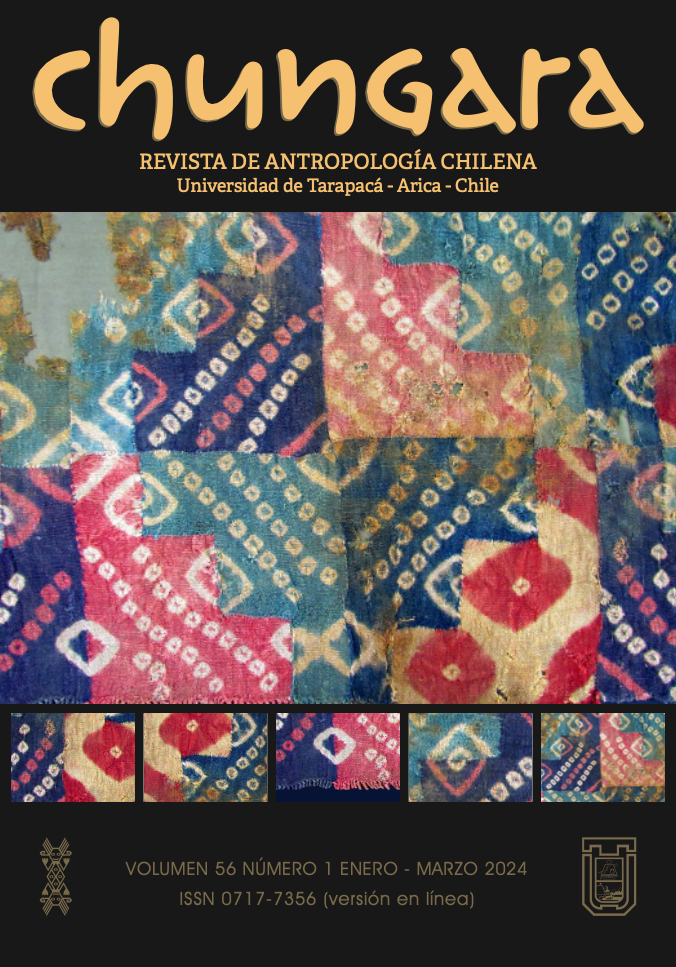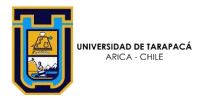ESTUDIO INTRASITIO DE UN YACIMIENTO ARCAICO CON ARQUITECTURA EN LA COSTA DE TALTAL, DESIERTO DE ATACAMA, NORTE DE CHILE
INSTRASITE STUDY OF AN ARCHAIC SETTLEMENT WITH ARCHITECTURE ON THE COAST OF TALTAL, ATACAMA DESERT, NORTHERN CHILE
Ximena Power and Diego Salazar
The emergence and proliferation of domestic and funerary constructions on the Atacama Desert coast, which takes place for a short time of the pre-Hispanic period of the region (ca. 5700-4000 cal. BP), is a social process and architectural phenomenon that attracts much of the attention of the archaeological research of Northern Chile. To delve into the unique characteristics of this period, an intrasite study of the Caleta Bandurrias site (Taltal) is presented. The analysis of different lines of evidence suggests activities, subsistence patterns, and technological organization of local hunter gatherer fishers inhabiting the area. The results, and their subsequent analysis within a context of regional settlement, suggest a residential-funerary use and/or social aggregation function of the site, as well as a particular type of advance towards the coast through a residential mobility strategy based on the availability of local resources and built environment.







